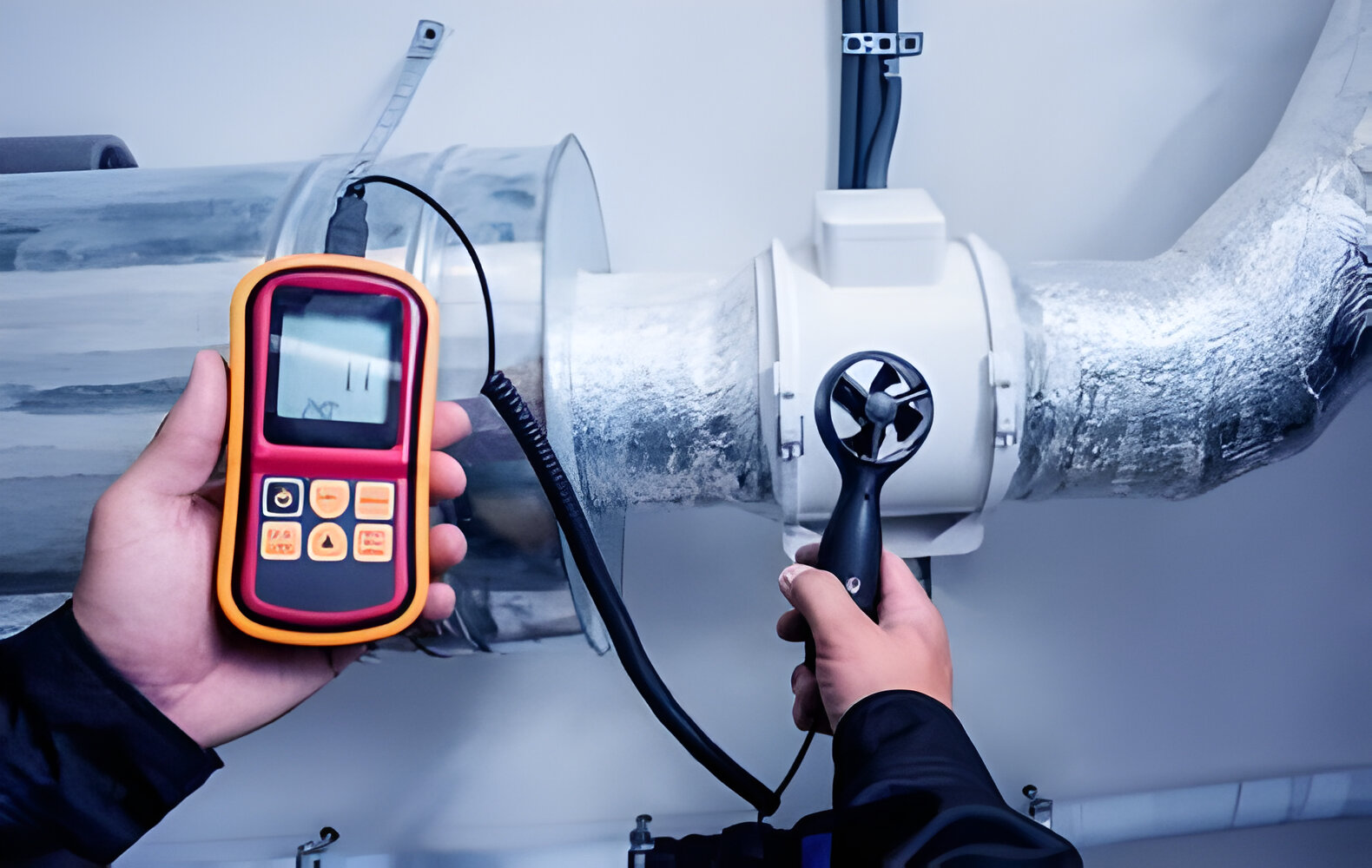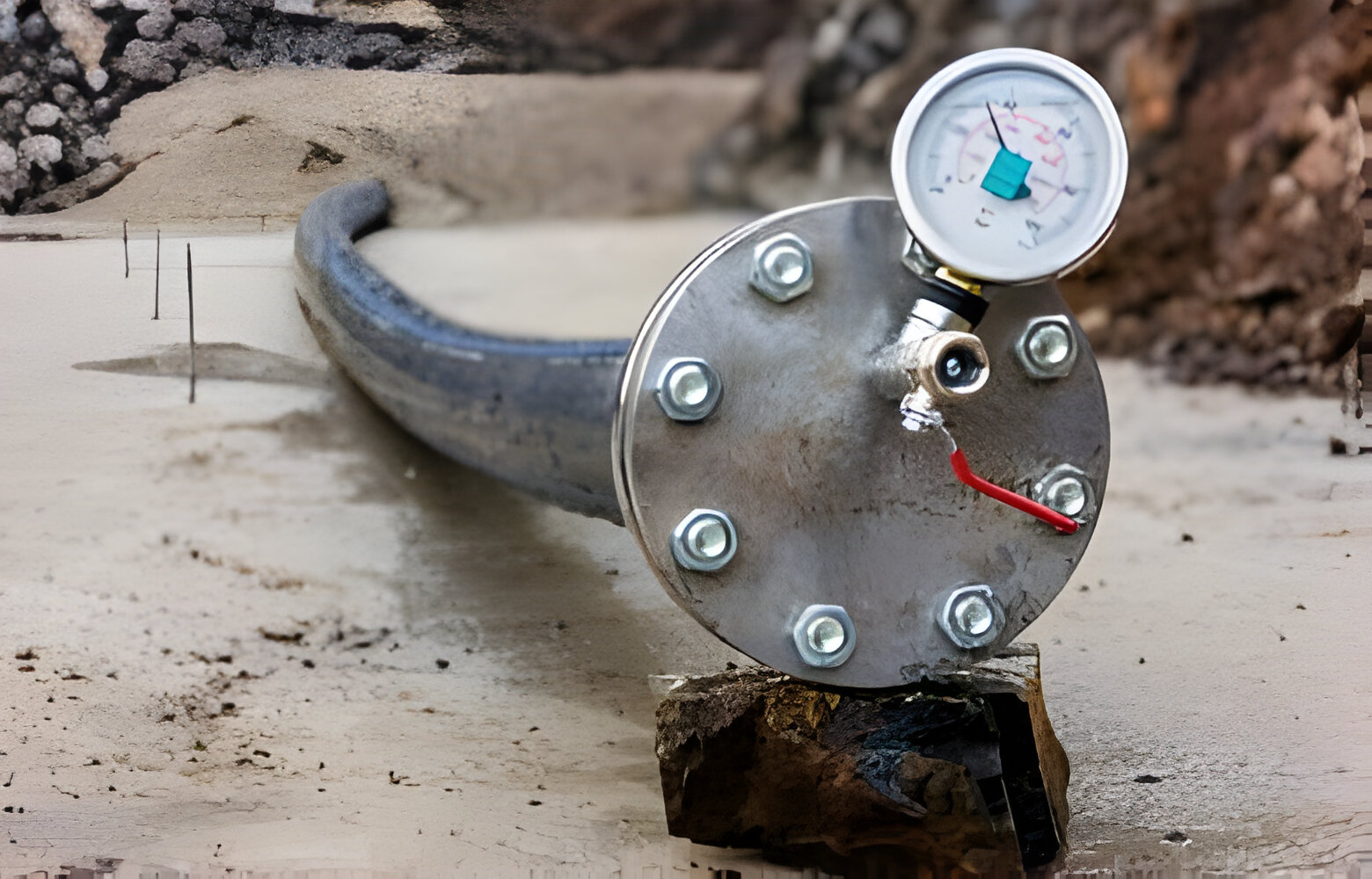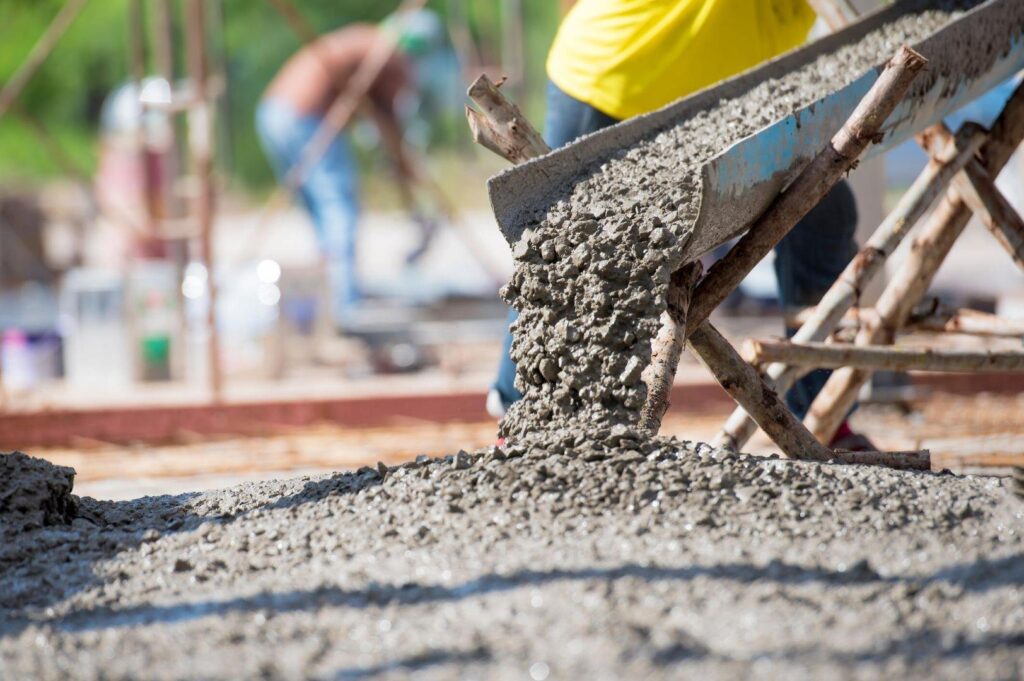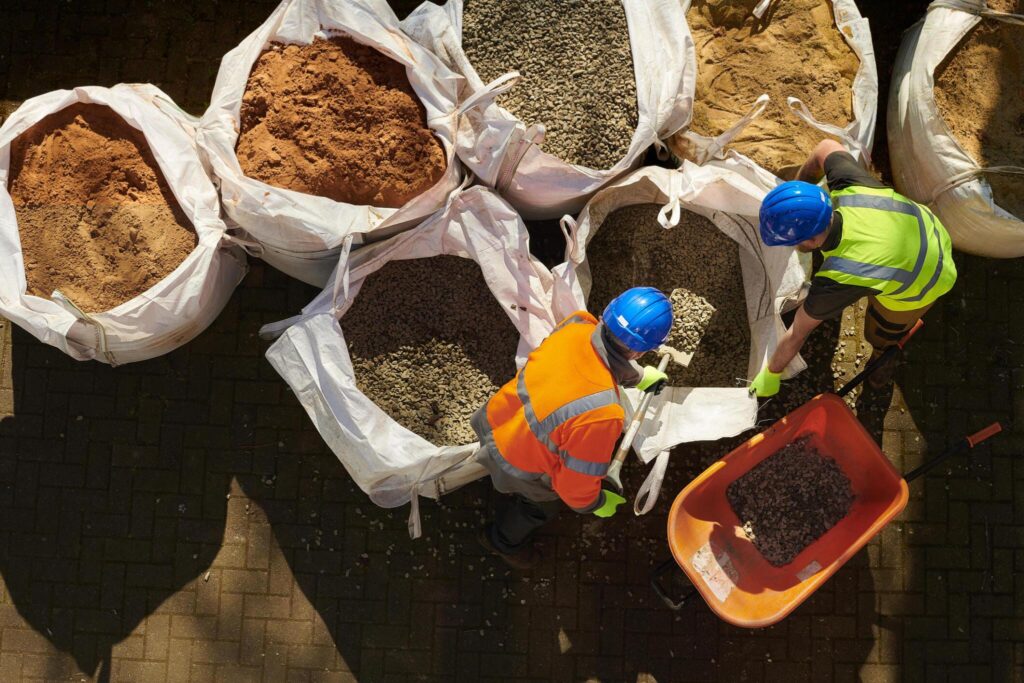At MERL, we are committed to pioneering solutions for a sustainable future. One crucial aspect of this mission is ensuring efficient resource utilization. Here, in-situ testing emerges as a powerful tool, allowing us to make informed decisions about resource extraction and use, minimizing environmental impact and maximizing project success.
What is In-Situ Testing?
In-situ testing, meaning “on-site” testing, refers to the process of evaluating a material or resource directly in its natural environment. This eliminates the need for extraction, transportation, and laboratory analysis, saving time, resources, and reducing the project’s carbon footprint.
In-situ testing techniques encompass a wide range of methods, from simple visual inspections to sophisticated geophysical surveys. The specific technique chosen depends on the resource being evaluated and the information required. Here are some common examples:
- Soil Testing: Penetrometers measure soil strength and compaction, while electrical conductivity meters assess salinity and potential for agricultural use.
- Water Quality Testing: Portable meters can test for pH, conductivity, and presence of contaminants, crucial for sustainable water management.
- Geophysical Surveys: Techniques like seismic refraction and ground-penetrating radar help map geological formations and locate potential mineral deposits without intrusive drilling.

Benefits of In-Situ Testing for Sustainable Development
In-situ testing offers a multitude of advantages that align perfectly with the principles of sustainable development:
- Reduced Environmental Impact: By minimizing extraction and transportation, in-situ testing conserves energy, reduces greenhouse gas emissions, and protects sensitive ecosystems.
- Cost-Effectiveness: Eliminating unnecessary laboratory analysis and minimizing resource extraction can significantly reduce project costs.
- Data Accuracy: Testing materials within their natural environment provides a more accurate picture of their properties and potential challenges.
- Faster Decision Making: In-situ testing allows for real-time data collection and analysis, facilitating quicker decision-making during project development.
- Improved Resource Management: By accurately characterizing resources in their natural state, we can develop targeted extraction plans that maximize resource utilization and minimize waste.
Examples of In-Situ Testing in Action
Here are a few real-world examples of how in-situ testing is driving sustainable development across various sectors:
- Sustainable Construction: In-situ testing of soil strength helps determine foundation requirements for buildings, minimizing unnecessary excavation and concrete use.
- Renewable Energy Development: Geophysical surveys are used to locate suitable sites for wind farms and geothermal power plants, ensuring efficient energy generation with minimal land disturbance.
- Environmental Remediation: In-situ testing helps assess soil and groundwater contamination, allowing for targeted remediation strategies that minimize waste disposal.
- Precision Agriculture: Soil testing allows farmers to optimize fertilizer and water usage based on the in-situ characteristics of their fields, promoting sustainable agricultural practices.

The Future of In-Situ Testing
As technology advances, in-situ testing methods are becoming increasingly sophisticated and versatile. The integration of artificial intelligence and machine learning with in-situ data collection promises to further enhance data analysis and interpretation, leading to even more informed decision-making.
At MERL, we are actively exploring the potential of cutting-edge in-situ testing technologies. By embracing this approach, we can create a future where resource utilization is optimized, environmental impact is minimized, and sustainable development becomes the norm.
In-situ testing is a powerful tool that empowers sustainable development practices. By promoting efficient resource utilization, minimizing environmental impact, and facilitating data-driven decision-making, in-situ testing paves the way for a more sustainable future for all. At MERL, we are committed to integrating in-situ testing methodologies into our projects, ensuring that our solutions contribute to a thriving planet and a prosperous future.




